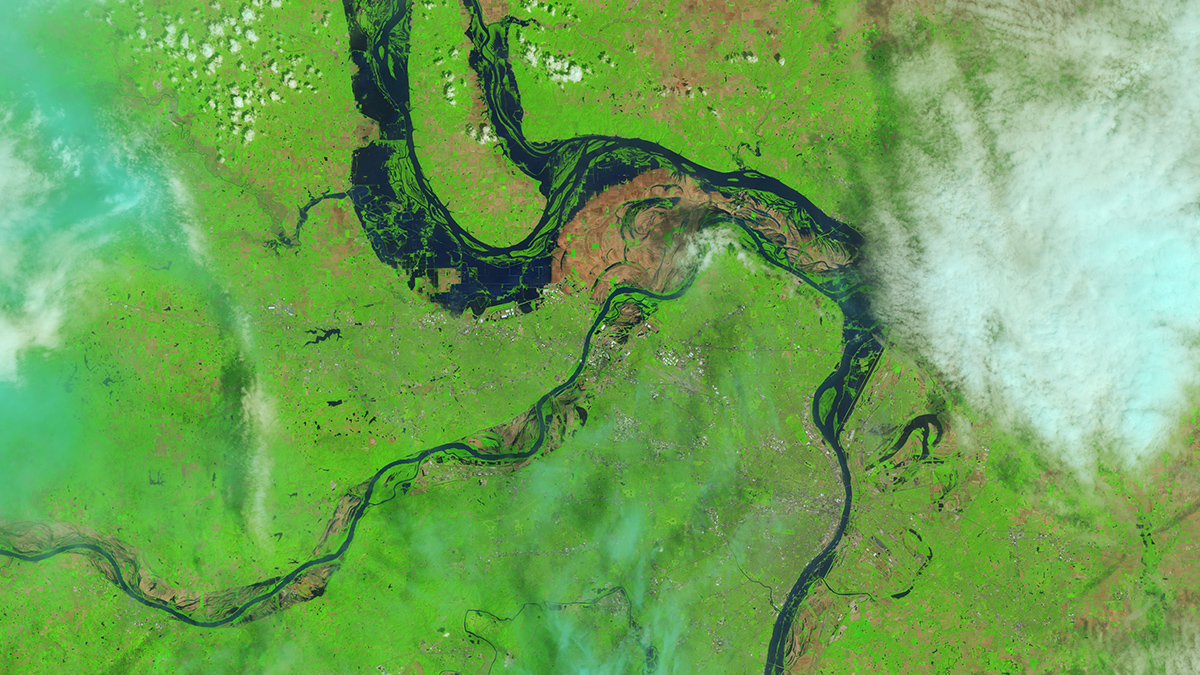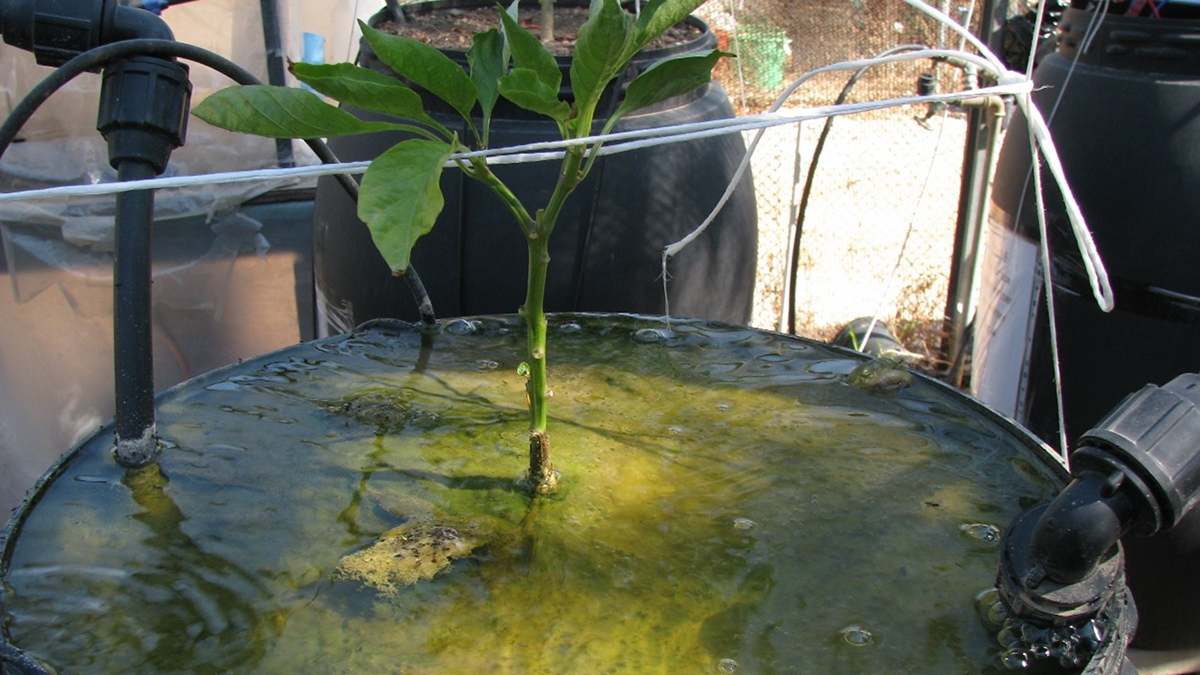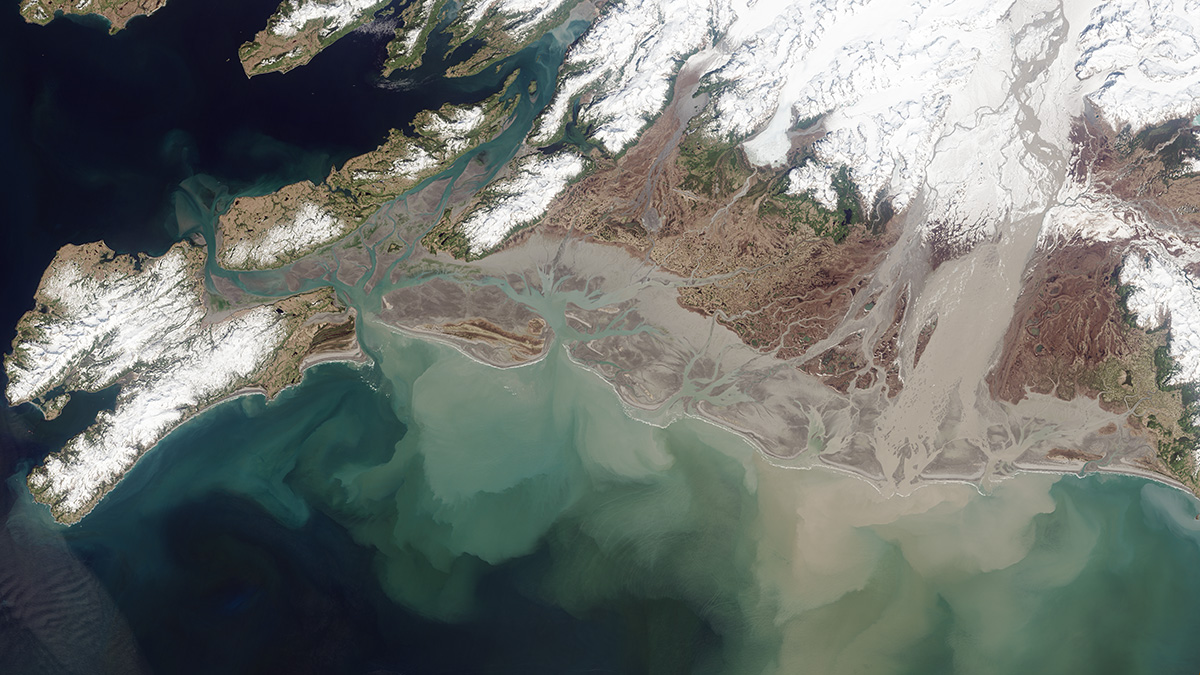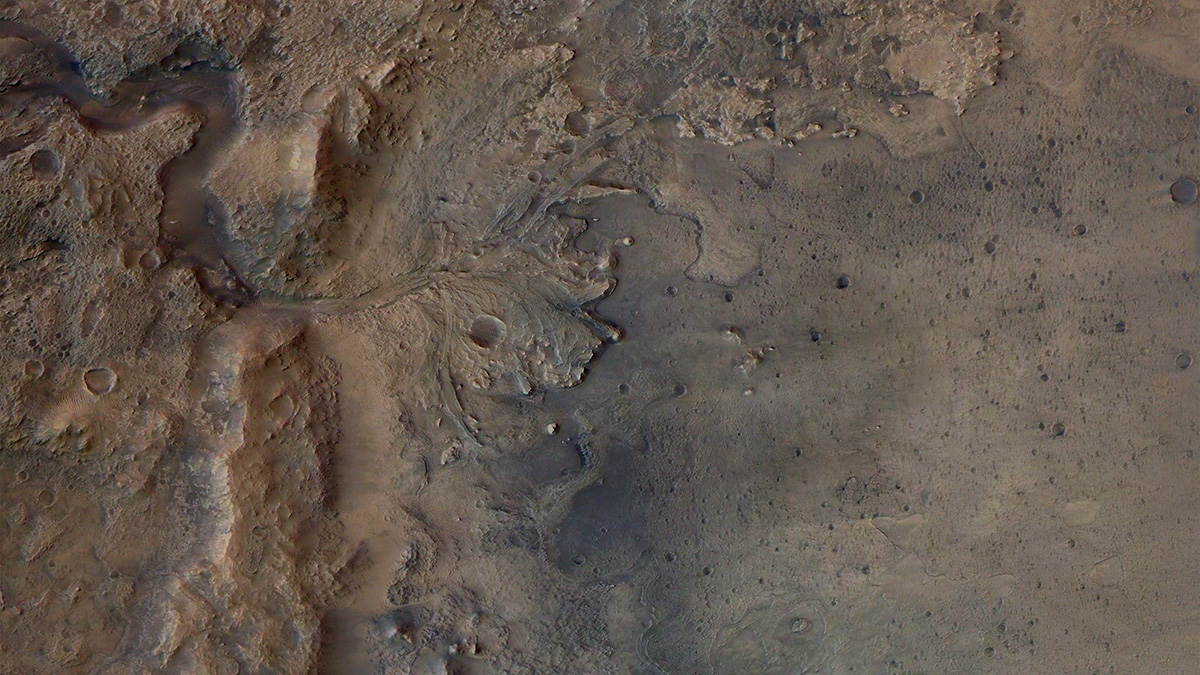Movement of carbon from land to ocean and atmosphere plays an important, but understudied, role in the global carbon cycle.
biogeochemistry
Rivers Are Warming Up and Losing Oxygen
Researchers used deep learning to fill in the gaps of “patchy” water quality data, revealing decades-long trends toward warmer and less oxygenated rivers that could have worrisome consequences.
Protein Powder Makes Ice Crystals Flower
Dust from Alaska is particularly effective at forming ice crystals because it contains biological components, researchers believe. The finding has implications for cloud physics and our planet’s climate.
Our Evolving Understanding of Biological Carbon Export
The array of processes and organisms that make up the biological carbon pump has immense influence on Earth’s carbon cycle and climate. But there’s still much to learn about how the pump works.
More Than Half the World’s Ocean Surface Is Getting Greener
Advances in data analysis help researchers spot shifting ocean colors, which could be associated with climate change.
Air Flow Dynamics in Wet Soils: Challenges and Knowledge Gaps
Modeling air flow in wet porous media relies on quantifying the combined role of fluid and media properties and flow dynamics on the microscale displacement mechanisms and macroscale unstable flow.
The Science We Need to Assess Marine Carbon Dioxide Removal
As companies begin selling credits for marine carbon dioxide removal in largely unregulated marketplaces, scientists must develop standards for assessing the effectiveness of removal methods.
Harpy Eagles Concentrate Precious Nutrients in the Amazon
Amazon soils are usually low in the nutrients that plants covet, but harpy eagles can create local hot spots with their poop and prey.
(Probablemente) No podremos decir si Marte tiene vida
Los equipos de última generación no siempre pueden identificar la vida que habita en los lugares más parecidos a Marte en la Tierra, lo que hace que los científicos se pregunten cómo se se podría hacer mejor en el Planeta Rojo.
Hypoxia Affects One in Eight Rivers Worldwide
A global study found dangerously low levels of dissolved oxygen in rivers around the world. The true prevalence of hypoxia is probably even higher.










